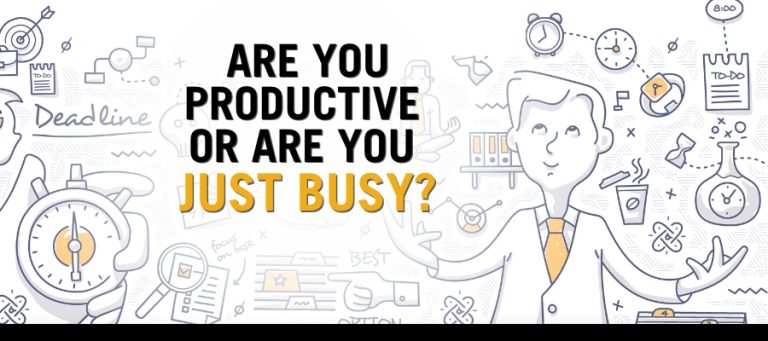A while back, I wrote a Monday Morning Notes series entitled “Sailboats, Yachts, and Tall-Masted Ships.” In the article I used various sizes of sailing vessels as a metaphor to explain the transitions a business experiences as it grows. It starts out small, similar to a recreational sailboat cruising around a lake on a Saturday afternoon, and ends up as a mighty, tall-masted ship sailing the oceans.
I explored some of the challenges a business owner and their team experience as their company grows, much like the captain and crew of the various size sailing vessels experience as the boats they sail increase in size.
I explained how cash and the wind play similar roles as motive forces for moving a business or a sailboat forward, and how important it is to attract and keep the right people depending on the size business or boat.
While I explored these changes from the physical aspects of transitioning from one boat to another—the money, people, and competitors for example—I didn’t delve into the psychological or emotional aspects experienced by the captain and crew.
As business owners we often think of transitioning as something that happens toward the end of our career or at a time when we’re leaving the business. If we talk about it at all, we mention it like it’s an event rather than a process. It usually involves dreams of endless rounds of golf, sitting on a beach, or doing the traveling we’ve put off until we had more time or money.
But transitions don’t just take place when we’re preparing to exit our company. They take place throughout our life, our career, and lifecycle of our business. And each transition is a process, not an event.
Some examples of the transitions we experience in our personal life are when we leave the safety of our home to attend our first day of school, when we move out on our own to embark on our career, when we marry, or when we have children.
In business, we can experience transitions even more frequently as our company grows. They might start the day we launch the company (or the day we join one), when we “get off the truck,” or hire our first employee or manager. But transitions can also involve losing a key worker or customer, or adding service lines, territories, or store locations. Using the metaphor of sailboats, this means we’re moving to increasingly larger, more-complex boats.
According to many experts, any transition involves three distinct components: an ending, a time of upheaval or chaos, and a new beginning. There is no irony in the fact that the ending always comes before the beginning. In other words, to fully grasp a new beginning, we must let go of an ending. We should also not be caught off guard by the middle component—the upheaval and chaos that almost always accompany a transition. They can cause uncertainty, anxiety, and resistance to making a change.
According to author William Bridges, PhD,
“Change is situational. Transition, on the other hand, is psychological.”
It’s the psychological changes that I’ll explore throughout this series.



